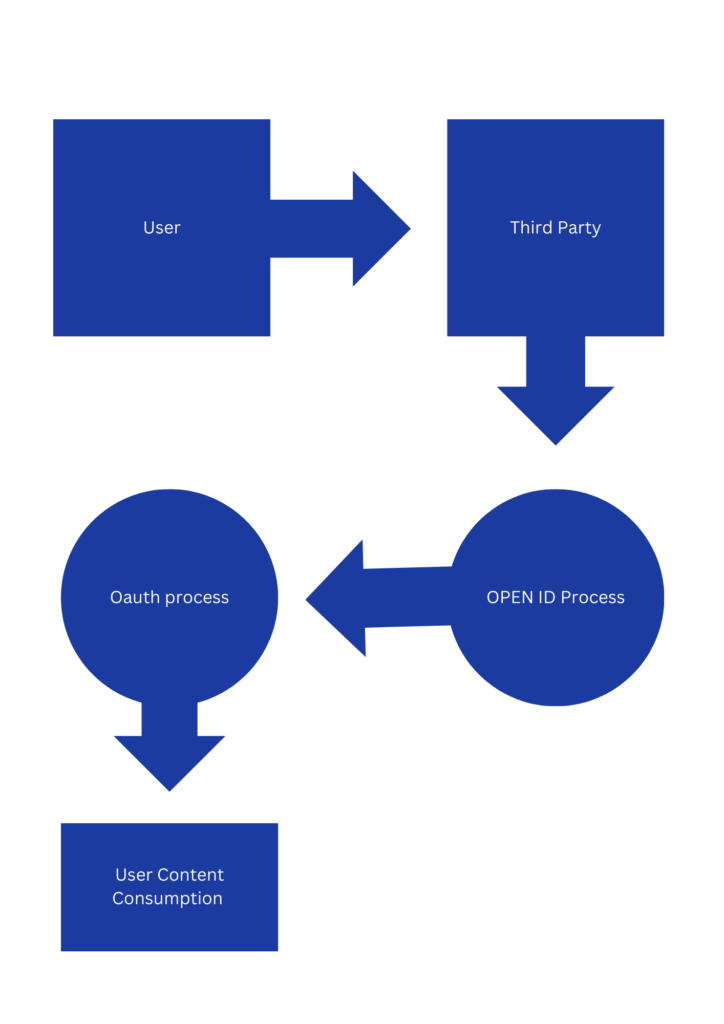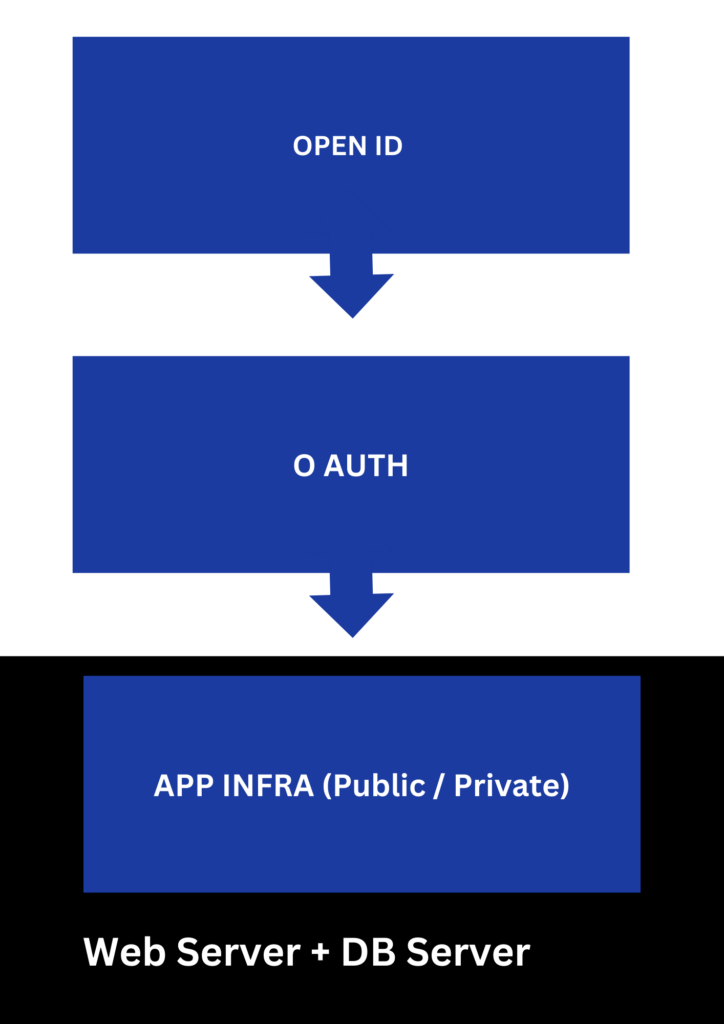OPEN ID & Oauth works hand in hand. To let the end user access the data the identification of the user has to be done, the identification process will require email or phone number as primary keys, and other supporting details like name, city, etc as supporting data points to ensure that the right user is identified via OPEN ID PROCESS.
The user is identified via SOCIAL LOGIN APIs with integrated OPEN ID. Once the details of the user are retrieved then based on the access level associated with the user, the user is authorized to access the resources and consume them.Open ID is for the identification of the user, and OAuth Is for the authorization of the user.
OPEN ID for identification and Oauth for authorization. OPEN ID + OAuth = Identity and access management.All the social login apis, paas, saas, iaas, faas, dbaas and similar services are integrated with open id and oauth process to identify and provision content to the authorized end user.
OPEN ID is a specification for authentication and single sign in, it is a standardized way of sharing sensitive information over the internet with a third party service.
All the services like Uber, and Spotify leverage open ID to get the user credentials to process login. Facebook, Google, apple based social login helps users to log in to any 3 Rd party services via the process of open ID. User credentials are shared safely between the social app and the third party services to ensure safe and secure identification process.
The user connects with Facebook social login API, Facebook sends the credentials to Spotify/Uber, and then Spotify/Uber processes the data and the user logs in. For the end user it is convenient to access the identity data without remembering the credentials all the time, both Authentication and Authorization are required to ensure the user is identified and authorized.
Open ID is for authenticationOauth 2.0 is for AuthorizationFirst, the end user will be identified and authenticated and then the End user will be authorized to consume content.
OPEN ID is needed for the secure authentication of the end user, in the process the identity provider (IDP) provides JWT to the third party which after processing the JWT grants access to the end user for resource consumption. SSO is carried out via OPEN ID.
Oauth will authorize the user and will grant him/her permission to consume content from the server. First OPEN ID is carried out then the Oauth will be carried out. IDP provides the data to third-party portals via OPEN ID PROCESS.
Both OPEN ID and Oauth add security, robustness, privacy, efficiency, and convenience to the end user by making the authentication and authorization process easier, smooth, and refined. Oauth partner sites can allow access to private data without re-authentication of the end user.
Diagrams


The article above is rendered by integrating outputs of 1 HUMAN AGENT & 3 AI AGENTS, an amalgamation of HGI and AI to serve technology education globally.